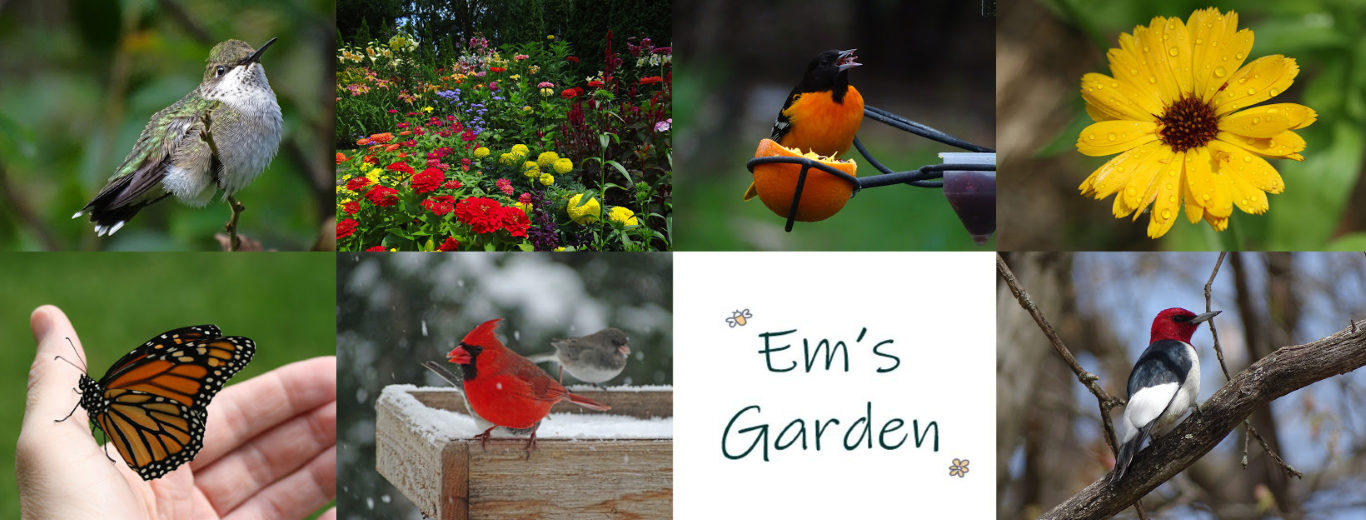I discovered some curious spring flowers on a walk around the neighborhood recently. I just assumed because they were growing among scilla and chionodoxa and crocuses that they were bulbs. They had pretty, daisy-like white flowers, and the foliage wrapped tight around those flowers until they were ready to burst into bloom:
I spent an hour looking online and through bulb catalogs for a similar plant, but I had no luck. I finally grabbed my little point-and-shoot camera and walked back to the neighbor’s front yard to take a couple of photos.
I posted one of the photos to an online gardening forum and within 2 minutes someone solved the mystery. The plant is bloodroot (Sanguinaria canadensis). It’s a perennial spring ephemeral, not a bulb:
Bloodroot is a native wildflower that oozes reddish sap when cut. The Native Americans used it medicinally and as a dye for baskets and clothing. They even made face paint with it. The plants grow in moist, well-drained soil in part- to full shade. Like trilliums and other spring ephemerals, the plants disappear entirely by June.
Over the next few days I saw bloodroot everywhere—on blog posts, on Facebook, even along a trail while hiking. It was if the plant was mocking my inability to identify it.
I thought I might like to grow a few of these perky little naturalizing plants, but after reading about them I’ve changed my mind. The flowers are extremely delicate and last only a day or two. I think I’ll just enjoy them in my neighbor’s yard instead.


